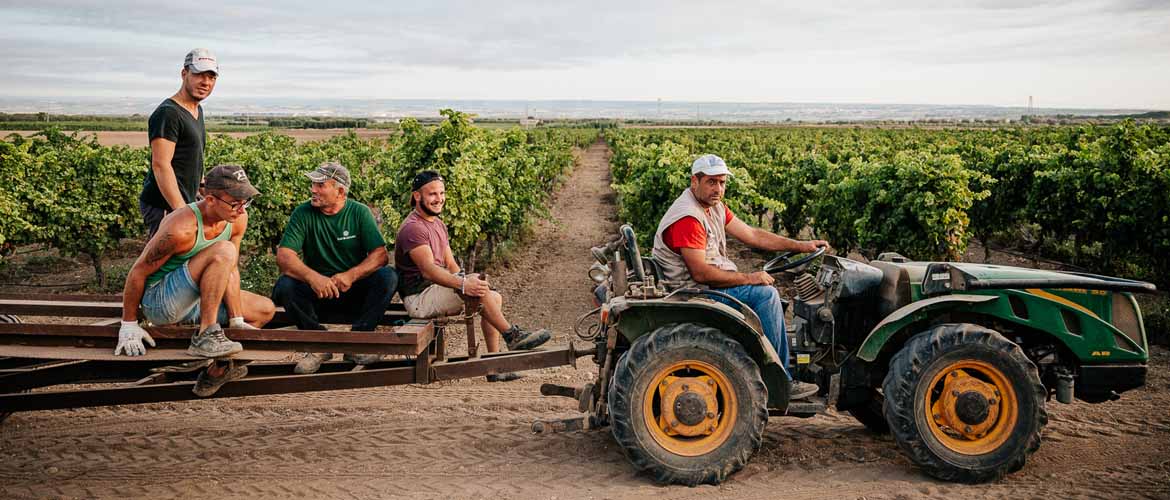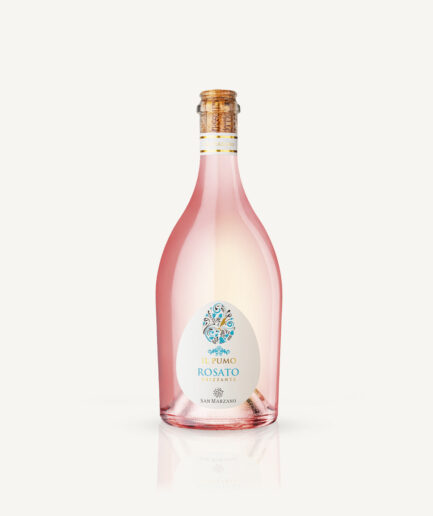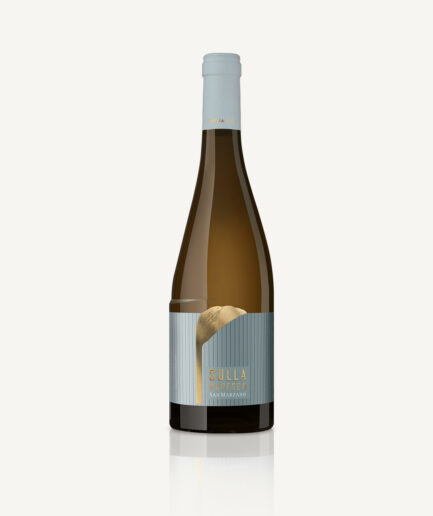Weather report
Due to the low spring temperatures, a 15-20 days delay was registered on the ripening schedule between the flowering and the fruit setting phase. However, starting from the second week of July, temperatures rose quite abruptly and the delay scaled down to 10-12 days. Broadly speaking, during the whole year (winter + spring) less sunny days were registered, and this lowered the total number of the fruit blossoms.
White grapes harvest report
Due to the whole year’s weather conditions, white grapes harvest started a little bit later, the third week of August. As it was a very dry, windy and sunny summer, pre-harvest and harvest phases were ideal to preserve the quality of the grapes which required less treatments during the late spring/beginning of summer and, at the time of harvesting, were overall sane from a phytosanitary point of view. The ripening delay caused a quantity reduction by almost 25% but the aromatic profile was well preserved and easy to enhance with a temperature-controlled alcoholic fermentation (15-17°C).
Red grapes harvest report
The initial 15-20 days ripening delay was eventually made up for and reduced only to 1 week, thanks to the stable weather condition before the harvest which also allowed for a partial dehydration of the grapes on the plants. Therefore, broadly speaking, harvest time was in line with the average of the last ten years’.
Also for red grapes we registered a quantity contraction between 25-35%, especially for alberello and spur pruned cordon training systems, less for guyot. Also thanks to this decrease, the final quality of the grapes can be deemed optimal: great sugar content and colour concentration and, once crushed, they also had an interesting acidity.
Compared to other varieties, Primitivo is more responsive to thermal factors, therefore even though it was one of the varieties most affected by the quantity reduction, it was positively influenced by the weather stability in July and August. Good sugar content, no phytosanitary problems, no rot and botrytis, so at the time of the harvest the grapes were overall sane and with an excellent phenolic quality. Same we can say for Negroamaro and Malvasia Nera.
In order to enhance the aromatic profile of the grapes, the average fermenting temperature for reds was 22-24°C.






